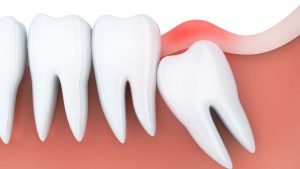 Oral health is a very important concept, which should not be neglected and which may result in tooth loss, gum diseases and various infections in the mouth when neglected. Almost all dental and gum diseases occur due to neglected or improperly applied oral care.
Oral health is a very important concept, which should not be neglected and which may result in tooth loss, gum diseases and various infections in the mouth when neglected. Almost all dental and gum diseases occur due to neglected or improperly applied oral care.
Tooth decay (dental caries) is damage to a tooth and it is usually one of the first deformations that occur when oral care is neglected. Dental caries are among the problems that affect the gum and cause oral infections if it not taken care of in the early period. The dental caries in the early period can be cleaned and the tooth can be saved by filling, but in case of advanced dental caries, unfortunately the tooth should be extracted.
Tooth extraction is the most commonly applied procedure among dental practices and it has a completely secure protocol. There are two types of tooth extraction, i.e. simple and surgical extractions. The method to be used in tooth extraction is determined according to the needs of the patient, because although the common cause for extraction is usually dental caries; sometimes it can also be applied within the scope of orthodontic treatments and in the case of problems related to 20-year-old teeth.
Simple tooth extraction is the most commonly used tooth extraction method, which is performed under local anesthesia in a clinical environment in a short time and evaluated within the scope of outpatient care. In this procedure, tooth extraction takes place in a very short time and effects of local anesthesia disappear within a few hours after the procedure. It is important that the patients should avoid consuming anything immediately after tooth extraction. Since there will be a loss of sensation in the jaw for a short time due to anesthesia, the patients may not fully perceive the hardness of the food they bite, and they may even cause damage to their healthy teeth.
Another tooth extraction method is the surgical method. It is the procedure performed with general or intravenous anesthesia. This procedure includes surgical removal of the tooth from its socket in the jaw tissue. Although it is highly comfortable and reliable procedure, the dentist may prescribe antibiotics for the patient after the procedure, if necessary.

